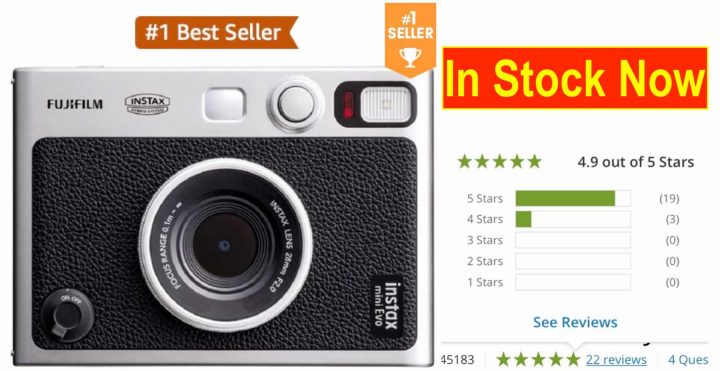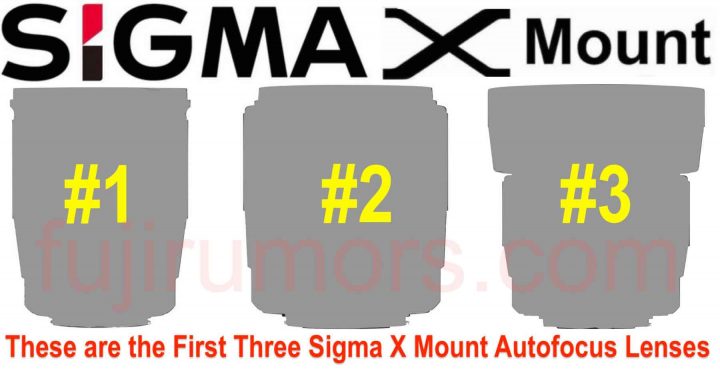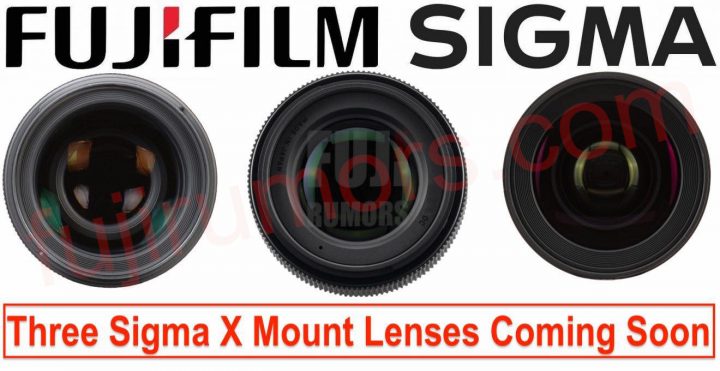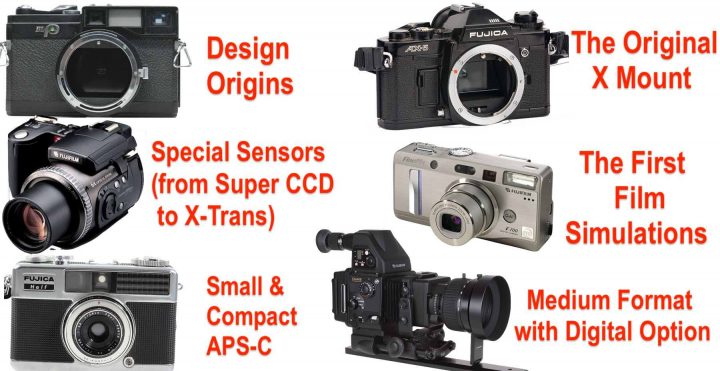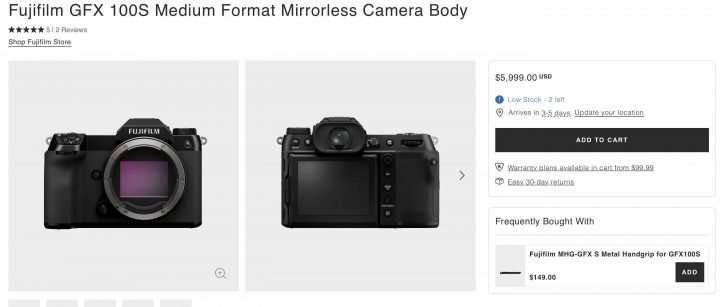Fujifilm Instax Mini EVO in Stock (and Already Best Seller)
The Fujifilm Instax Mini EVO is right now in stock at AmazonUS here (via third party at the time of this post).
I expect it to be available very soon also at BHphoto here.
It is also available at the various European Amazon stores, such as AmazonDE here, AmazonUK here, AmazonIT here, AmazonFR here and AmazonES here.
The Fujifilm Instax Mini EVO is arguably one of the most sold Fujifilm digital camera of the last 10 years. It’s available in Asia since a few months and it sold so much, that helped to dethrone Sony from the second spot in digital camera sales in Japan after 19 years, and it will probably make Fujifilm imaging division fly in their next financial report.
As to expect, it is already marked as top seller at BHphoto here and AmazonUS here.
BHphoto has also the first reviews on their website available.
- Instax Mini Evo – USA: BHphoto, AmazonUS, Adorama
- Instax Mini Evo – EUROPE: AmazonDE, CalumetDE, AmazonUK, AmazonIT, AmazonFR, AmazonES
Related articles


